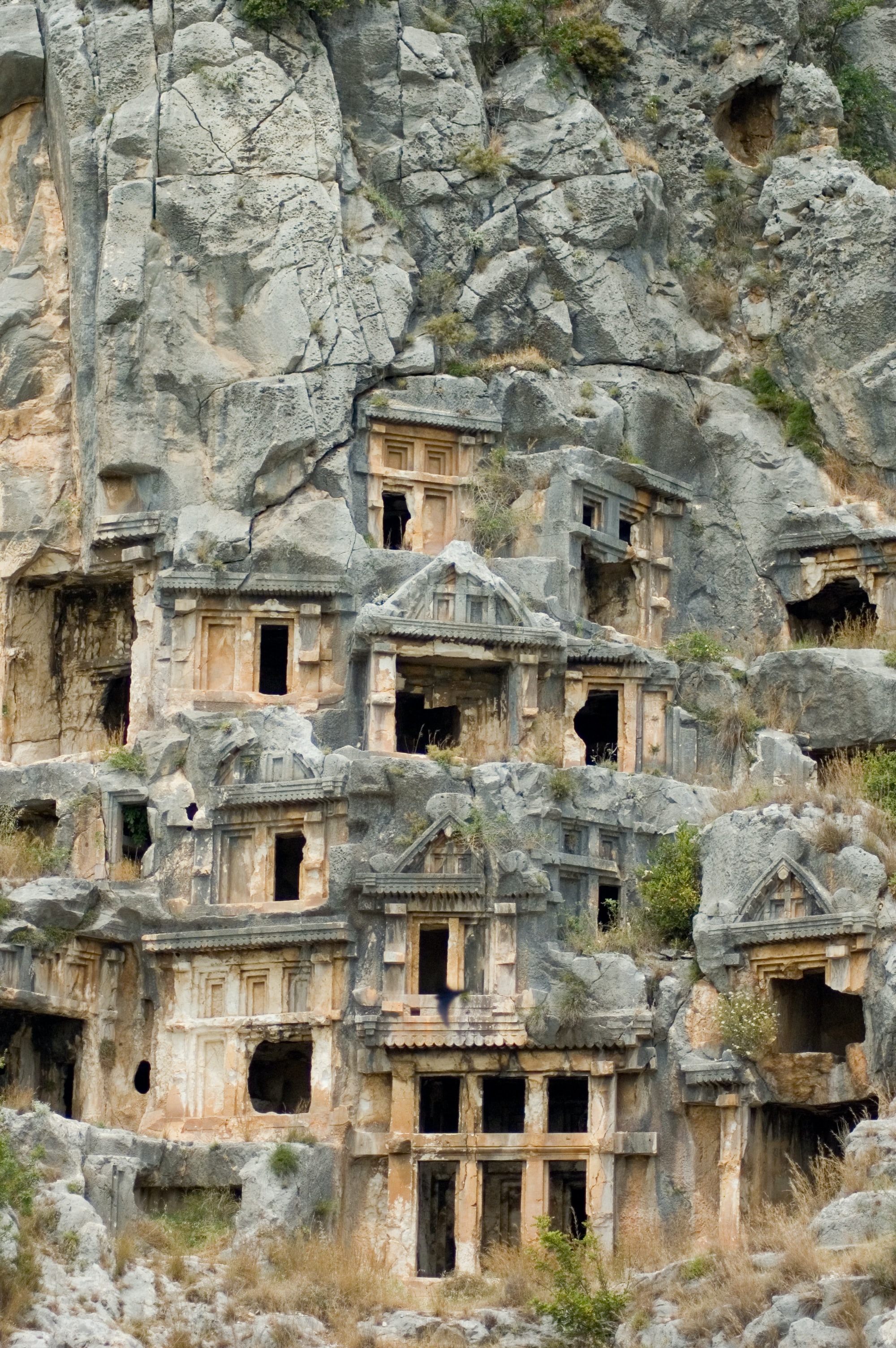Reading for Infrastructure, Infrastructure for Reading
Adriana Johnson
Comparative Literature
UC Irvine
Susan Zieger
English
UC Riverside
Participants
Javier Arbona
American Studies and Design
UC Davis
Roderic Crooks
Informatics
UC Irvine
Kathleen Frederickson
English
UC Davis
Sage Gerson
English
UC Santa Barbara
Anirban Gupta-Nigam
UCHRI
UC Irvine
Daniel Nemser
Spanish
University of Michigan
Kameron Sanzo
English
UC Riverside
Ameeth Vijay
Literature
UC San Diego
Janet Walker
Film and Media Studies
UC Santa Barbara
Salvador Zárate
Gender and Sexuality Studies
UC Irvine
This group’s leading question was how to reimagine infrastructure as an interpretive method of analysis: what does it mean to read for infrastructure or to use infrastructure as a tool for reading? Participants were particularly interested in the edges of infrastructure studies, the places where an infrastructural perspective worms its way into new disciplinary terrains, the places where its metaphoricity and materiality can do unexpected theoretical work. In anthropology, the infrastructural turn often focuses on material infrastructures; in media studies, it takes up communications networks. Participants instead turn infrastructure into a “theory-machine” that affords readings of racial relations, labor, and environment. They believe this creative use of infrastructure as method rather than object can fructify across disciplines, taking critical infrastructure studies on unanticipated new trajectories and that the Humanities have a critical role to play here.
The workshop began with three overlapping zones of critical interest among our participants: race, labor and environment. Initial organizing questions were: How do certain infrastructures – institutional, material, social, political – ground critical readings in the hermeneutics of suspicion and the exposure of hidden or insidious power? What changes when ones reads for older, slower, softer, ruined or absent forms of infrastructure? How are infrastructures sunk into environment – becoming themselves environment – as well as compressed into superstructure? Can infrastructural readings configure and weigh the often invisible labor that builds and maintains roads, pipelines, housing developments, educational projects, gardens and landscapes? How might reading for infrastructure expose the material systems that allow racial categories to be thought, ascribed and lived? If extending an infrastructural perspective into new terrain implies thinking through the various functions associated with material infrastructures – carrying, circulating, connecting, dividing, extracting – might this produce a new politics of infrastructure? Might thinking and interpreting infrastructurally generate reparative readings?
The group met through zoom from September 8-18, 2020, discussing a selection of readings from a common bibliography they constructed and meeting with two visitors, Rahul Mukherjee and Jennifer Wenzel, who shared recent work. The virtual residency ended with a collaborative writing project on keywords of contemporary infrastructures which will be published soon.

